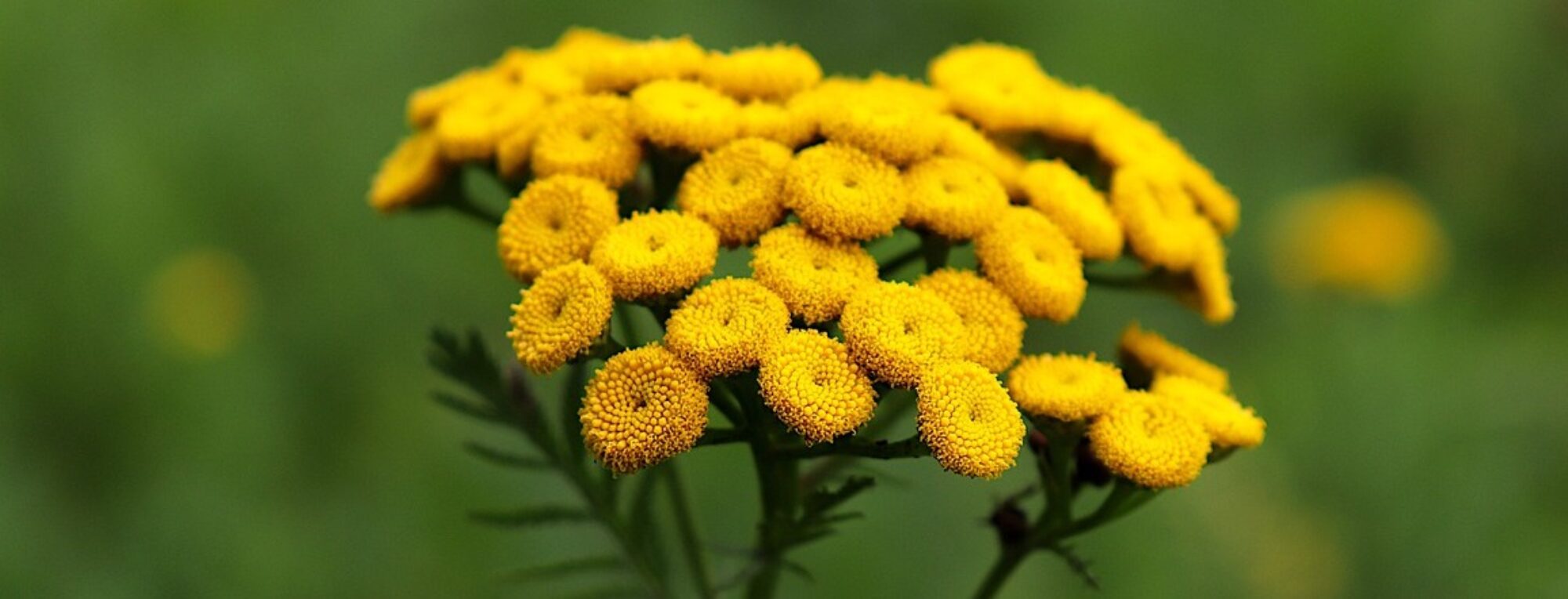
English name: Common Comfrey
Family: Boraginaceae
Botanical characteristic: A perennial herb, 40 – 80 cm tall, with a straight, hairy stem. The ground is short, cylindrical. Leaves are alternate, lower ovate, upper lanceolate, hairy, narrowed at the end. The five-petalled, blue-purple flowers are short and grow in two-armed spikes. The fruit is a small, dry, deciduous fruit from a two-seeded pistil which breaks into 4 one-seeded parts.
Microscopic drawing:

Distribution: It grows by streams, wet meadows, in ditches.
Drug: Symphyti radix
Harvesting method: The root is collected in the fall of the second year of the growing season by digging. After cleaning and washing, it is cut lengthwise.
Drying: The root is dried in the shade. When artificially dried at a temperature of up to 60 °C. The dried root must be white inside.
Active substances: The root contains the purine derivative allantoin, the alkaloids consolidin, lysiocarpin and cynoglozin. The drug possesses large amounts of starch, tannins and mucilages.
Uses: The drug has an anti-inflammatory effect and promotes tissue regeneration. It is used for external application for dislocations, pain after bone, muscle and nerve injuries. Due to the content of toxic alkaloids, the drug is not taken internally.
Traditional method of use in indications determined solely on the basis of long-term use:
- symptomatic treatment of minor sprains and bruises.
Selected herbal preparations: AGROKARPATY COMMON COMFREY root herbal tea 1×30 g, J.V. IV CAPS – REUM for joint function 50 ml, Pharmacy COMMON COMFREY TINCTURE 100 ml, DR. POPOV COMMON COMFREY Ointment 100 ml, NATURQuelle COMMON COMFREY GEL 200 ml, Jadon GEL ICE Profi cooling gel with bonehye, menthol and CBD 1000 g.
